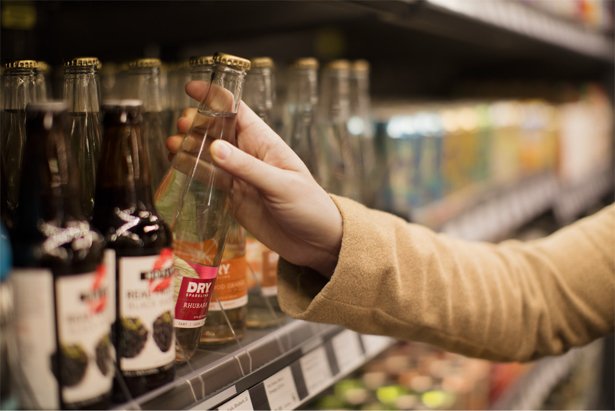 Amazon Go is a new concept that removes queuing and cashiers from their Amazon new concept convenience stores. Shoppers simply scan their Amazon Go app loaded phone as they enter the store and shop conveniently. As shoppers remove items from the shelves, they are automatically registered and, when the customer leaves the store, goods taken are charged to their Amazon account.
Amazon Go is a new concept that removes queuing and cashiers from their Amazon new concept convenience stores. Shoppers simply scan their Amazon Go app loaded phone as they enter the store and shop conveniently. As shoppers remove items from the shelves, they are automatically registered and, when the customer leaves the store, goods taken are charged to their Amazon account.
The first beta store is located at 2131 7th Ave, Seattle, WA, on the corner of 7th Avenue and Blanchard Street and is currently open only to Amazon employees. The store is expected to open to the public in early 2017. The store is roughly 1,800 square feet of retail space, a size Amazon say “is conveniently compact, so busy customers can get in and out fast.”
Amazon Go’s promotional video shows consumers purchasing items such as pre-packed salads, wraps, yoghurt, sushi, cupcakes and drinks. For convenience stores looking at a future in fresh food, this disruptive technology creates a new paradigm and revolutionises the way consumers will shop in the future.
Four years in development, Amazon say they have utilised computer vision, deep learning algorithms and sensor fusion to create ‘Just Walk Out Technology’ and it’s “really that simple, anything you pick up is automatically added to your virtual cart”.
While Amazon claim the primary driver behind this new technological development is to speed customer service, the reduction in staff required to service customers would no doubt also reduce costs over the longer term.
McDonald’s too is looking to reduce staff involvement in the customer service as evidenced by the introduction of self-ordering kiosks.
Despite several news reports stating Amazon plans to open 2000 Amazon Go locations over the next decade, Amazon say they have no plans to open that many as the company is “still learning.”
Nevertheless, for traditional convenience stores, the Amazon Go innovation raises the challenge: How can convenience stores make shopping easier and simpler? Can existing convenience stores better utilise technology to also remove queues and cumbersome payment methods?
By Trisha Harris



